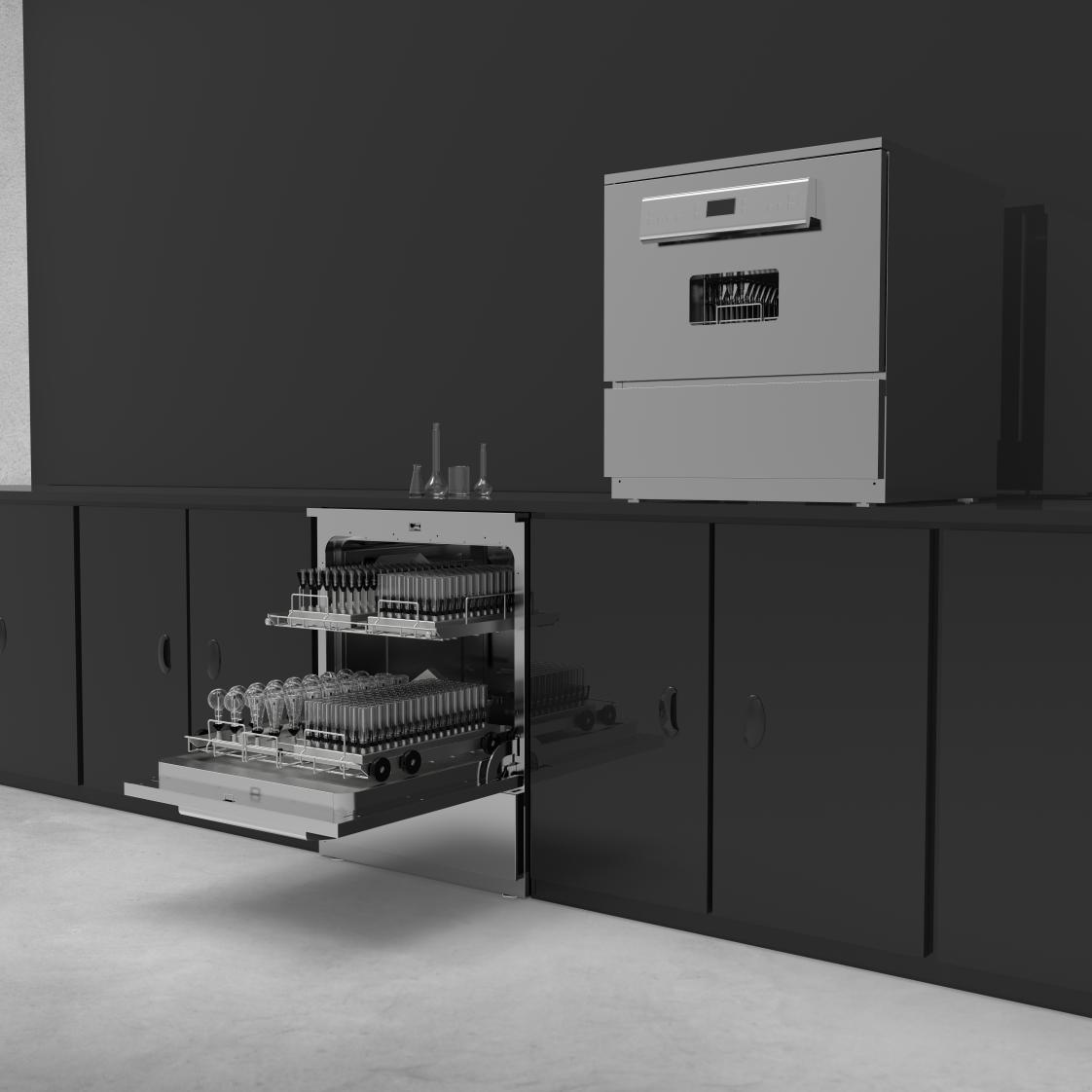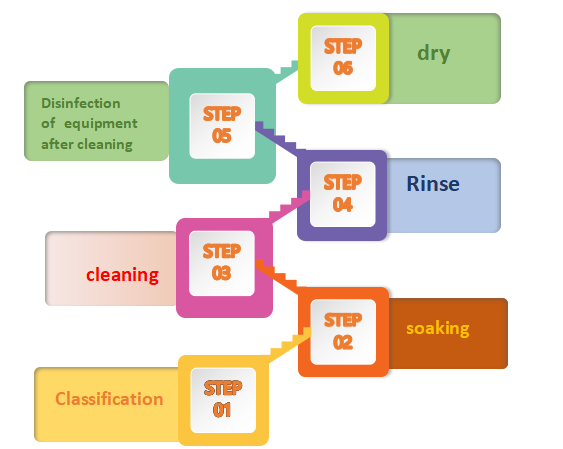What are the 6 steps in the cleaning process using a Automatic Glassware Washer?
Laboratory Glassware Washer is a multi-functional cleaning machine designed and produced for laboratory users. It can be used for cleaning instruments, pipelines, vessels or fermenters, etc. It has large cavity volume, high loading flexibility, wide adjustable cleaning temperature range, high precision control probe drying function, etc., which greatly improves the user’s working efficiency. Soft and effective way of fixing, so that there is almost no damage to glassware.
And it is specially designed for limited space, and can be easily placed on a desk or table, installation is simple, only need electricity link, cold water and wastewater treatment, it is mainly used for disinfection and laboratory glassware cleaning heat, the model includes a built-in cleaning and drying function, the device is to reduce and eliminate risks caused by handling infectious materials ideal. It can be used for laboratory glassware cleaning with large capacity in daily operation, which can meet the current requirements of improving the quality of laboratory glassware handling.

The cleaning and decontamination process of Lab Automatic Glassware Washer consists of 6 steps: classification, soaking, cleaning, rinsing, disinfection and drying after cleaning the equipment.
1. Classification: Classify the device immediately after use, and try not to classify it directly by hand; Sharp items must be transported in stab-proof containers; Dirt should be kept moist to prevent drying. If it cannot be cleaned in time within 1 ~ 2h, it should be soaked in cold water or enzyme-containing liquid.

2, soaking: soaking can prevent the dirt dry and soften or remove the dirt; For a large number of organic pollution or pollutants have been dry can be soaked with enzyme cleaner should be >2min.
3, cleaning: manual cleaning and mechanical cleaning, specific cleaning method see cleaning and decontamination method. The initial treatment steps for heavily contaminated organics include cleaning agent soaking, rinsing (scrub), and then using laboratory bottle washer cleaning method. Cleaning methods for precision and complex instruments include washing, detergent immersion, washing (scrub), and then mechanical cleaning.
4. Rinse: after manual cleaning, rinse with tap water and then rinse with deionized water. Rinse with deionized water for mechanical cleaning.
5. Disinfection of equipment after cleaning: use thermal cleaning and disinfection machine for cleaning and disinfection, and the disinfection temperature is >90℃ for 1min or A0>600 for medium and low dangerous articles and equipment; High risk articles and equipment temperature >90℃5min or A0>3000.
6, dry: after rinsing, wet items should be dried or dried as soon as possible. Drying box can be used for instrument drying. Drying temperature 70 ~ 90℃. Generally, the drying time of metal instruments is 15 to 20 minutes, while the drying time of plastic instruments is longer, such as ventilator pipes, 30 to 40 minutes.
Post time: Feb-25-2022
